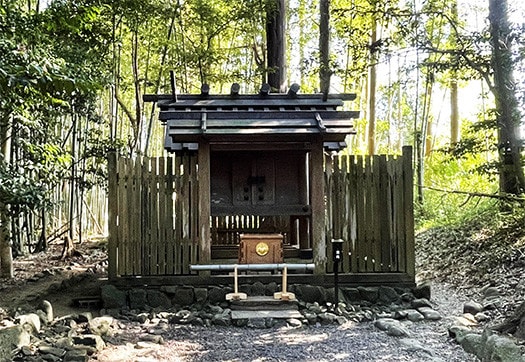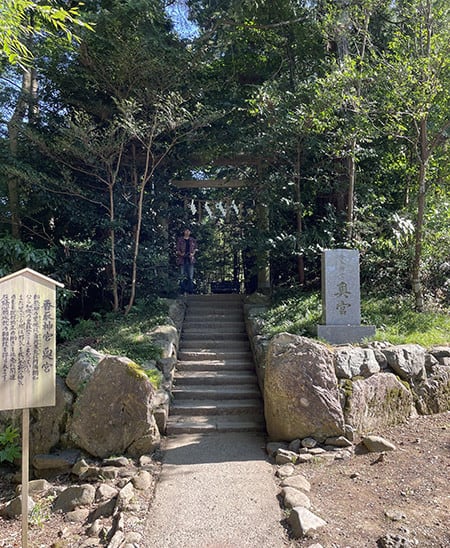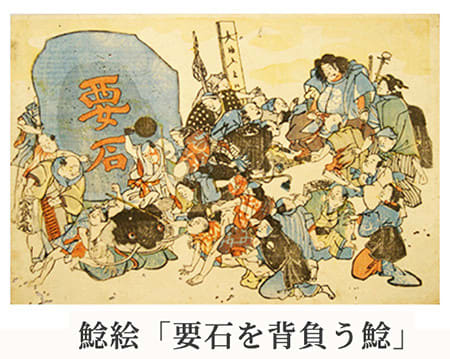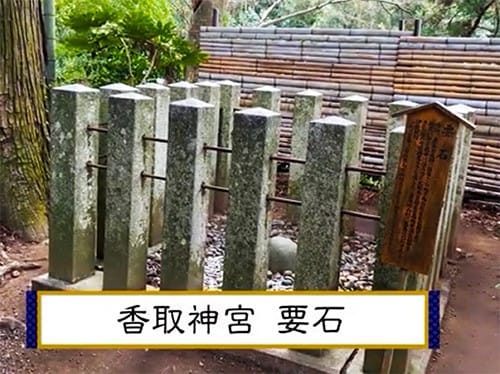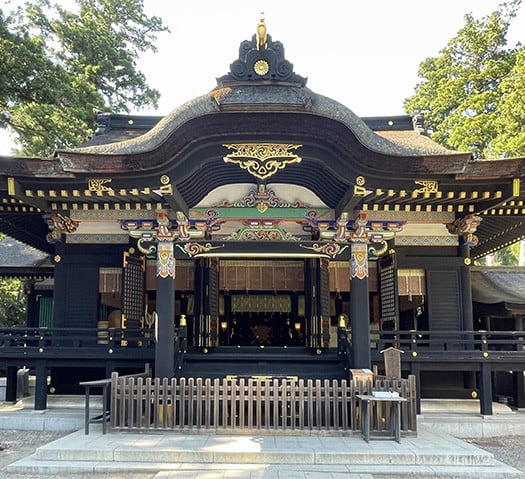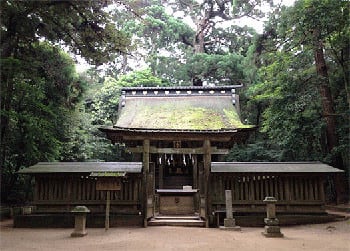

さて東国三社と呼ばれる鹿島神宮、香取神宮、そして若干スピンアウトして蘇我氏の関係する龍角寺とみてきましたが、このシリーズ最後はナゾに包まれた息栖神社であります。
事前にわかる資料もほとんどなく、歴史好きの興味で「東国三社といわれているし・・・」程度のノリで探訪させていただいたのですが、実際に現地を訪問してその実感を踏まえて再度探索をはじめて見ると、「おお、あの事実はこういった背景から生成したことなのか」と驚かされることばかり。関東との縁がふたたび濃厚になって、この日本最大の平野地帯の地形変容ということについての理解、正確な把握が迫られてきていることに気付かされる次第。
必ずしも大和平野、京都大阪での日本史だけが悠久なのではないということか。
上の図は、いまの息栖神社のマップと縄文期の海進のなかでの古代地形推計。眼前には香取の海、霞ヶ浦、古鬼怒湾といった内海が広がっていた古代風景が見えてくる。息栖神社というのは古代地形からみれば海上交通の要衝地であったことが推測できてくる。とくに太平洋を介して東北地域とヤマト政権支配地域との物流・移動を考えれば、最前線的な位置であると知れてくる。
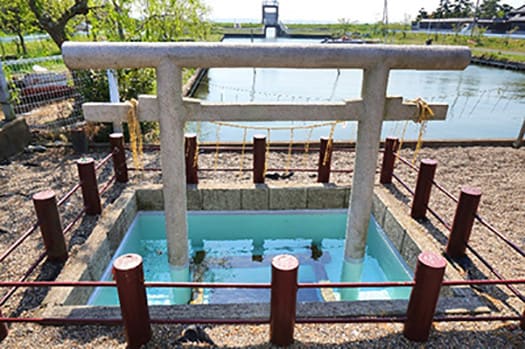
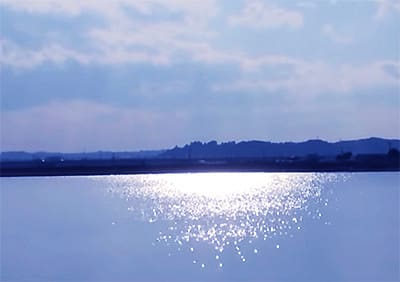
そういう気付きに踏まえて現地での探訪体験を重ね合わせると、なにげに見ていた「忍潮井(おしおい)」と呼ばれる2つの井戸の記憶が湧き上がってきた。こういった縄文海進の痕跡と重ね合わせれば、古代の海上交通での最大の生命線・必需品、飲料水のことが雷鳴のごとくに納得感として襲ってくる。
この湧き水は伊勢の明星井(忍塩井)、山城(京都・伏見)の直井とともに日本三霊水の一つとされる。神社のHPを見ると以下の記述(要旨)。
〜常陸利根川沿いにある一の鳥居の両脇に小さな鳥居の建てられた二つの四角い井戸「忍潮井(おしおい)」があります。男瓶(おがめ)と女瓶(めがめ)と呼んでいます。忍潮井は194年に造られ2000年近く清水を湧き出し続けてきました。辺り一面が海水におおわれており、真水(淡水)の水脈を発見し噴出させたところ、辺りの海水を押しのけて真水が湧出したことから、忍潮井の名がつけられました。水と人類との関わりの中で最も古いかたちの井戸です。女瓶の水を男性が、男瓶の水を女性が飲むと二人は結ばれるという言い伝えがあり、縁結びのご利益もあるとされます。〜
日本海の航海と違って荒波で知られる太平洋航路でようやく波穏やかな内海に入ってほどなくのこの息栖の地で、この清水にめぐり会った人びとは、大いにこの地のありがたさに感動させられ、この地には「神宿る」とその神性を感受したことだろう。
この列島に生きてきた人間として、そういう自然への原初的帰依は激しく理解できる。
English version⬇
Ancient Landforms and the Riddle of the Sea God, the Ikisu Shrine (1): Exploring the Three Shrines of Eastern Japan - 21
A node of maritime traffic and logistics in an archipelagic society. A strategic point between the Yamato regime-controlled area and Northeastern Japan. A place where fresh water, where the god resides, springs from. The shrine is a place where the gods dwell.
We have already visited the three shrines in the eastern part of Japan, Kashima Jingu Shrine, Katori Jingu Shrine, and, slightly spinning out, Ryukakuji Temple, which is related to the Soga clan.
I visited the shrine with little information beforehand, and with only a casual "it is said to be one of the three shrines in the eastern part of Japan..." out of historical curiosity, but when I actually visited the shrine and began my search again based on that experience, I was surprised to find that "Oh, so this is the background that led to that fact. I was surprised at the fact that it was generated from such a background. As my connection with the Kanto region has grown stronger, I have come to realize that I must now understand and accurately grasp the topographical transformation of Japan's largest plain area.
It may be that the history of Japan is not necessarily limited to the Yamato Plain and Kyoto-Osaka area.
The above figure shows a map of the present-day Ikosu Shrine and an ancient topographic map of the Jomon period in the midst of the sea advance. In front of our eyes, we can see the ancient landscape of inland seas such as the Katori Sea, Kasumigaura, and Ko-Kinu Bay. The ancient topography of the shrine suggests that it was a strategic point for maritime traffic. In particular, it was a frontline location for the distribution and movement of goods between the Tohoku region and the Yamato regime-controlled areas via the Pacific Ocean.
When I took this realization into account and superimposed it on my exploration experience at the site, memories of two wells called "Oshioi," which I had casually observed, began to well up. When superimposed on these traces of the Jomon sea advance, the idea of drinking water, the greatest lifeline and necessity of ancient maritime traffic, hit me like a thunderclap of conviction.
This spring water is considered one of the three sacred waters of Japan, along with Meisei well (Oshioi well) in Ise and Naoi well in Yamashiro (Fushimi, Kyoto). The shrine's website gives the following description (summary).
〜˜There are two square wells called Oshioi (Oshioi) with small torii gates built on either side of the first torii gate along the Hitachi-Tone River. They are called Ogame (male bottle) and Megame (female bottle). Oshioi was built in 194 and has been producing fresh water for nearly 2,000 years. The entire area was covered with seawater, and when a vein of fresh water (freshwater) was discovered and gushed out, the fresh water gushed out, pushing aside the seawater in the area, hence the name Oshioi Well. This is the oldest well in the relationship between water and humankind. According to legend, if a man drinks the water from the woman's bottle and a woman drinks the water from the man's bottle, the two will be united, and the well is said to bring good luck in marriage. 〜The water in the male bottle is said to be good for marriage.
Unlike voyages on the Sea of Japan, those who encountered this fresh water in the Pacific Ocean, known for its rough seas, must have been greatly moved by the gratitude of this place, and must have felt the divinity of this place, as if a god resided here.
As a person who has lived on this archipelago, I can understand this primordial devotion to nature.












